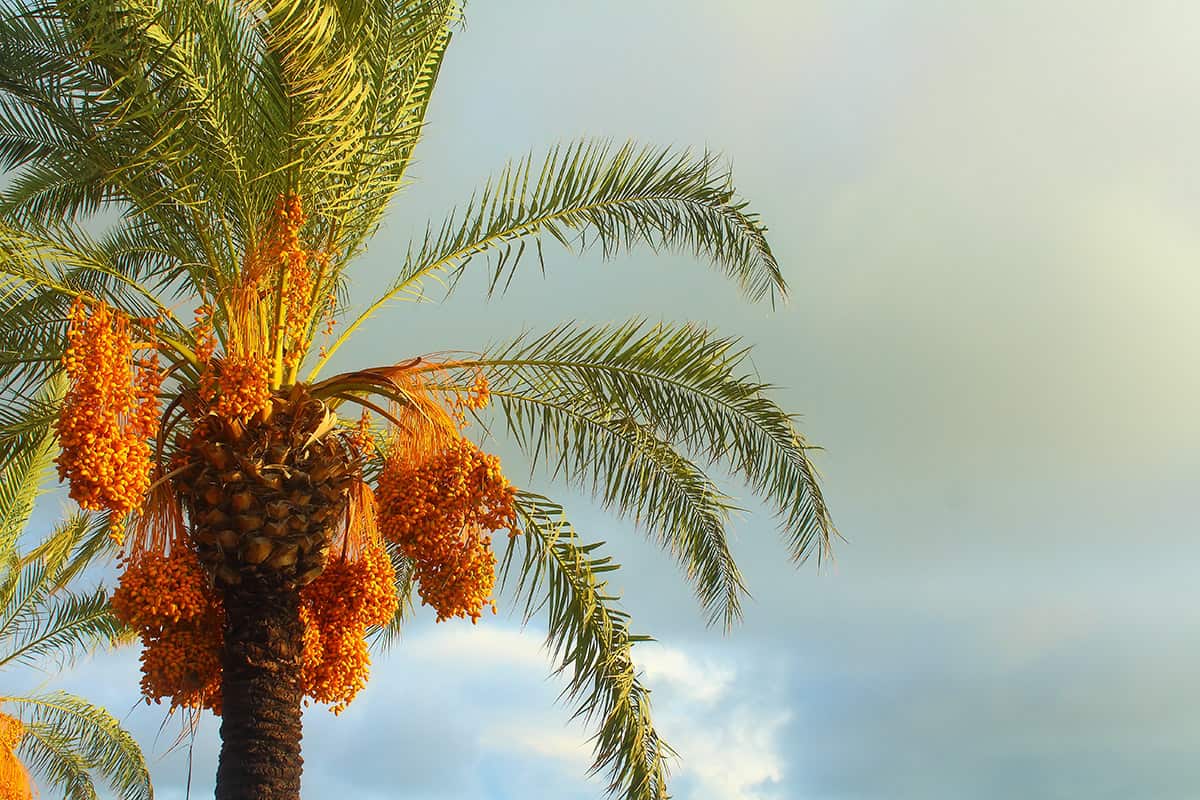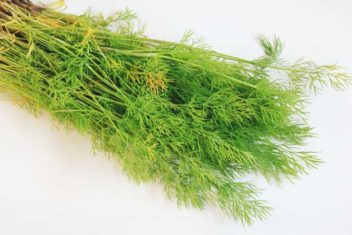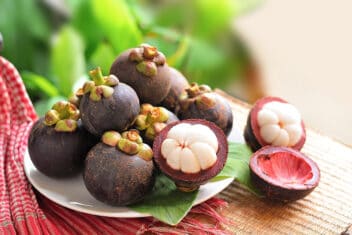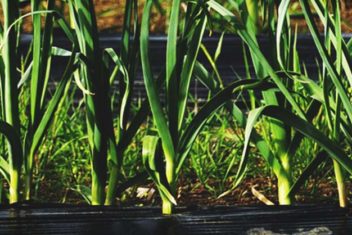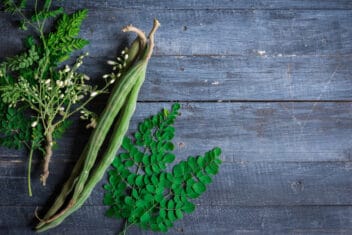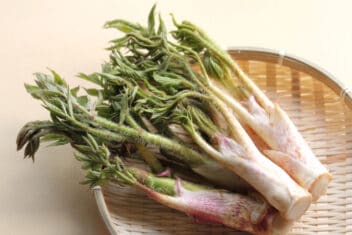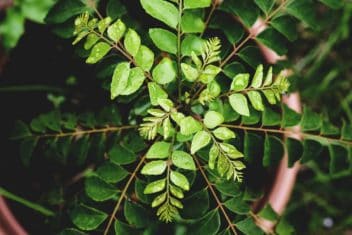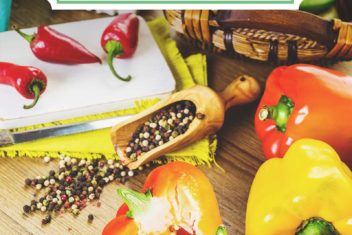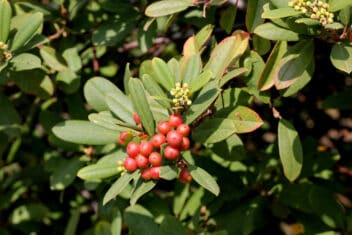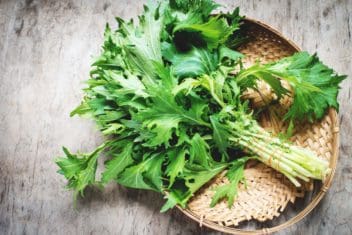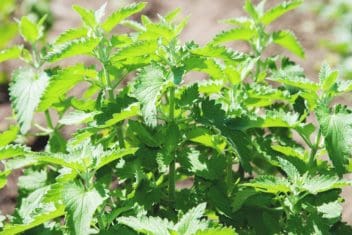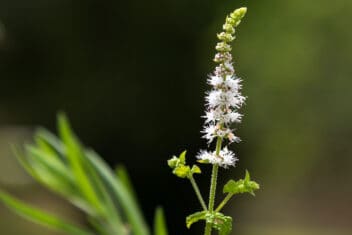A date palm might not be most gardeners’ first choice when it comes to growing fruit. Traditional orchard trees like olives or stone fruits get all the attention. But for people in the right climate, growing dates is a brilliant choice.
The trees are long-lived, produce a heavy crop, and have relatively few pests and diseases that bother them.
Let’s not forget those scrumptious dates. They’re sweet, store well, and can be used in both savory dishes and desserts. If you’re considering growing date palms, you’ve come to the right place.
What are Date Palms?
Date palms (Phoenix dactylifera) are thought to be one of the earliest cultivated plants in human history, and they’ve been a part of human lives for centuries. Houses inhabited over 6,000 years ago in the Middle East were built with date palm wood, and fronds were used to cover the roof.
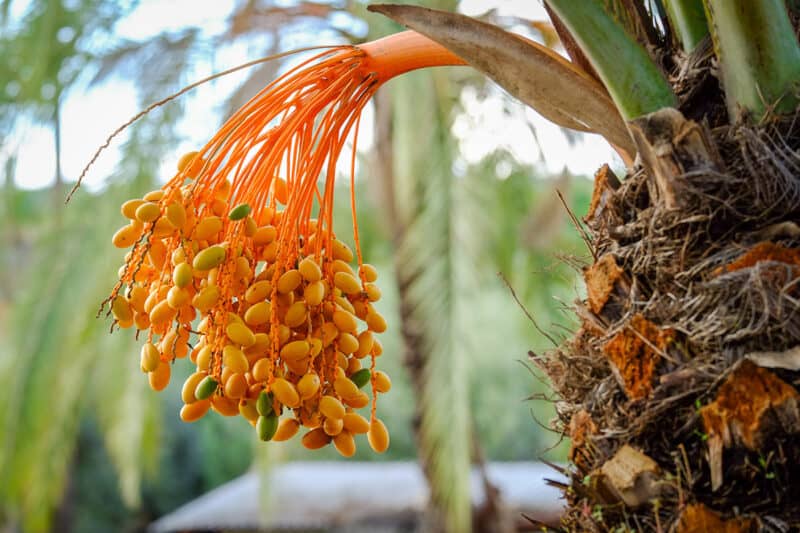
Although there are many trees that grow date-like fruits, only P.dactylifera grows fruit that has enough flesh to eat and is palatable. You can always grow one of the other date palm species but consider them to be strictly ornamental.
To grow date palms, you need a warm environment: sorry, Alaskans and North Dakotans. You can find dates growing in places like southern California, Arizona, and southern Nevada. More recently, gardeners are growing date palms in Louisiana and Texas.
Best Varieties of Date Palms for the Home Garden
With over 3,000 varieties worldwide, it pays to see what’s available in your area and what grows well. Some are more cold tolerant than others, while some need specific soil. Others need humidity, and some can’t stand it. Check with your local nursery to see what does best in your particular climate.
Zahdi
This is one of the oldest varieties and is very popular. The dates are chewy and store for a good long time. This is a big tree with a solid trunk that grows fast. It doesn’t thrive in high humidity, so a dry climate is best.
Halawi
‘Halawi’ bears medium-sized fruits that have a honey-like taste to them. It will tolerate areas of high humidity.
Medjool
Many home gardeners like this one because it’s reliable and produces fruit much earlier than many other varieties. Within five years, you should see around 22 pounds of fruit, building up to 175 pounds per year.
Khastawi
If you live in a desert-type environment, this is the variety for you. ‘Khastawi’ is resistant to humidity, and although the fruits are quite small, they are dense, sweet, and syrupy.
Barhee
This is a prolific producer of fruit and can yield up to 20 bunches of fruit per year. It’s a medium-sized tree and is known for its amber-colored dates.
How to Plant Date Palm
Arid or semi-arid areas are best. Zones 10 and 11 are perfect for date palms, but some may grow in zone 9. Temperatures must never go below 20ºF. Pollination requires 95ºF during the day and long, warm nights.
Plant in full sun with protection from the wind for the first year or so. Date palm trees have shallow roots and can blow over in windy environments.
Soil pH needs to be between 8 and 11. Well draining, sandy soil is best. It needs to be aerated and able to hold moisture but drain water away.
Some date palms have both male and female flowers and will self pollinate. Others need both a male and female specimen, so always check when you get the tree.
Planting Saplings
Dig a deep hole twice the size of the root ball of the tree you are planting. Refill the hole with soil, so the hole is half full with loose soil. Place the tree in the hole so that it is sitting level with the surrounding earth. Fill in the hole with the rest of the soil and tamp down gently—water well.
Planting a Palm Offset
The problem with planting from seed is you don’t know what you’re going to get. It may be male, or it may be female. You are better off planting a sapling like above or from an offset, also known as a pup.
This is where a palm produces growth off the trunk. Cut this off carefully and make sure to get both some leaves and roots. Paint some copper fungicide on the tree where you cut the offset off to prevent disease.
Apply root hormone to the offset and plant it into some seed-raising mix. Keep this moist and transplant once roots and more top growth develop.
Plant a Date Palm From Seed
Although planting by seed is not very reliable, it can be a fun experiment and is great for kids.
Buy some Medjool dates at the store or a nursery and remove the seeds. Wash them off with tepid water and ensure all the remnants of the fruit’s flesh come off.
Soak the seeds in water for 48 hours, replacing the water after 24 hours. This is an important step because you want the seed soft for germination.
Fold the seeds into a damp paper towel, making sure they don’t touch each other. Seal this in a plastic bag and store this away for eight weeks. The temperature needs to be at least 70ºF to 75ºF.
Check the seed and towel every two weeks to ensure they aren’t forming mold but are still moist. Replace the paper towel with a new one each time you check it or if you see any mold forming.
Within eight weeks, you will hopefully see the germinated seed with a fresh new sprout. Simply plant in a pot filled with cactus soil mix. Plant 1/2 an inch deep, water well, and see if you grow a tree.
Caring for Date Palms

Date palms need good amounts of fertilizer. Make sure when you first plant your tree, you dig in well-rotted manure.
As the tree matures, fertilize with manure or a commercial fertilizer targeted at fruit trees.
Although date palms can withstand water scarcity when they’re mature, they need plenty when they’re young. Deeply water regularly a couple of times a month. Try not to let the soil dry out, especially when the dates are developing.
Dry soil will affect the number and quality of the dates produced.
As the fronds begin to die off, prune close to the trunk. Do this at least twice a year. Remove dead and dying foliage, but don’t remove too many healthy fronds because that will affect the quality of the dates.
Companion Planting for Dates
If you want to plant food around your palm trees, try:
Common Problems and Solutions for Growing Dates
Dates don’t suffer from as many pests and diseases as some other fruits, but they aren’t completely immune. Keep an eye out for the following and be ready to take action. It’s much easier to get rid of a problem if you address it early on.
White Scale
These are tiny sap suckers who will feed on foliage as well as fruit. Although not terminal to the tree, they do affect the overall health and quality of the fruit.
Coat any scale you find in horticultural oil. This smothers them by clogging their breathing pores.
You know if you have white scale because the leaves will be covered in a sticky substance and little bumps appear on the fronds and stems.
Date Palm Spider Mites
These spider mites feed on the dates and wreck the quality of your yield. These mites are so common that if you have fruit dropping off prematurely, it’s likely that date mites are to blame.
Each year at the beginning of spring, dust the tree with a product containing sulfur. Obviously, when the tree gets beyond your reach, you might need to use an extender or ladder to get the job done.
When mites are present, spray all branches with a strong blast of water to knock the mites off the tree. You can also spray trees with neem oil or insecticidal soap to control them. Alternate treatments so the mites don’t develop a resistance to one or the other.
Black Scorch Disease
As this name suggests, if it has this disease, your palm will look like it’s been set on fire and is all blackened from the flames. The trunk and buds may rot, and the buds will fall off before setting properly.
Proper sanitation is the best way to prevent this disease. Wash your tools between uses and be careful not to cut or damage the tree when working around it. When you prune, apply copper-based fungicides to the pruning wounds.
Bayoud Disease
This is a fungal disease that spreads fast once it establishes itself. The foliage on the tree will lighten or turn white. Any exposed roots turn red. This affects both the quality and the number of fruits you’ll get.
If your tree gets bayoud disease, it is best to remove it and burn it to stop the disease from spreading. There is no cure.
Harvesting Dates
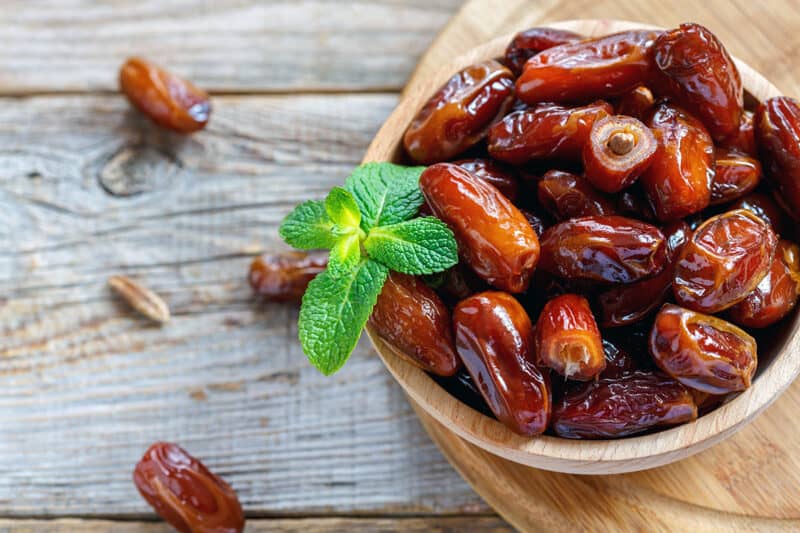
Date palms start fruiting between five and six years for most varieties. This may seem like a long time to wait, but you will be providing dates for your family for 70 years, if not more.
Harvesting depends on the variety you plant on when you see dates forming. Immature dates are green and smooth. As they mature, they turn dark and start to wrinkle. Birds may start to snack on the fruits, so cover them with mesh or remove them and let them mature off the tree.
To harvest, you’ll remove batches of the fruits by cutting them away. You may need to use a ladder for the higher fruits. Wrap mesh netting around a strand of dates that are a nice, deep purple color. Cut the strand from the trunk and place it on the ground. Repeat until all the ripe dates are harvested.
Store on a tray lined with baking paper. The dates will store like this for a couple of weeks. Keep them in a cool dark place and enjoy your harvest.
To dry the dates, put them in a food dehydrator for 24 hours at 150°F. Turn them every few hours.
